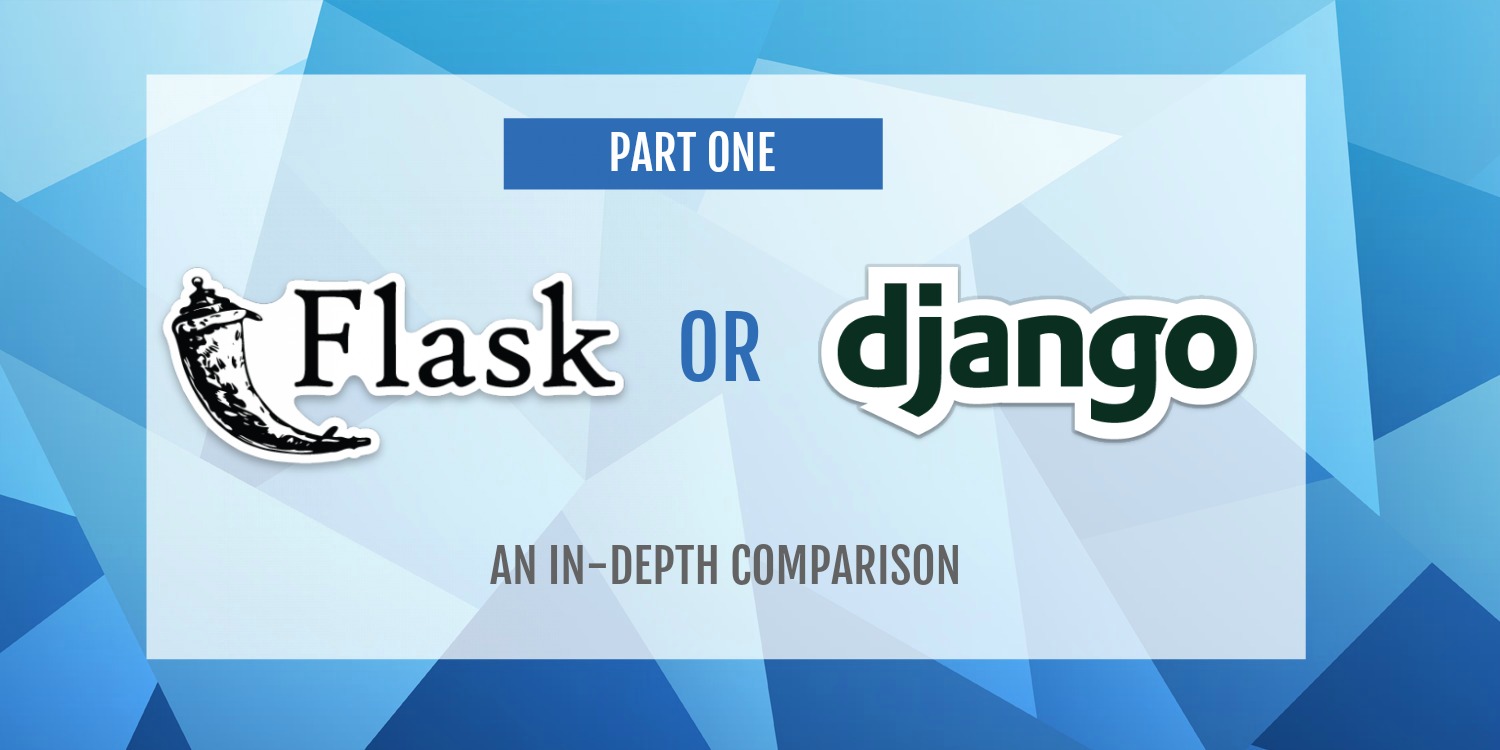The code for Part One of my two-part article, Flask Or Django? An In-Depth Comparison.
Have you just gotten started with Python for the web, and are wondering which Python framework to learn or use for your next project? Then you've probably heard of Django, Flask, or both. Although there are other Python web frameworks, such as Pyramid, web2py, and TurboGears, Django and Flask remain the most popular.
This series will offer an in-depth comparison of Flask and Django, looking at various factors. In Part One, we will compare their:
- Popularity
- Documentation and ease of getting started
- Routing system
- Templating system
To see the demos for both Flask and Django on your machine, begin by cloning this repo:
git clone https://github.com/mbithenzomo/flask-or-django-part-one
To set up Flask, navigate to the flask directory:
cd flask
Install the required packages:
pip install -r requirements.txt
And finally, run the app:
export FLASK_APP=app.py
flask run
* Serving Flask app "app"
* Running on http://127.0.0.1:5000/ (Press CTRL+C to quit)
Navigate to http://127.0.0.1:5000/ to see the Flask app in your browser.
To set up Django, navigate to the django/mysite directory:
cd django/mysite
Install the required packages:
pip install -r requirements.txt
And finally, start the Django server:
cd mysite
python manage.py runserver
Performing system checks...
System check identified no issues (0 silenced).
November 27, 2017 - 12:21:45
Django version 1.10.6, using settings 'mysite.settings'
Starting development server at http://127.0.0.1:8000/
Quit the server with CONTROL-C.
Navigate to http://127.0.0.1:8000/ to see the Django app in your browser.
